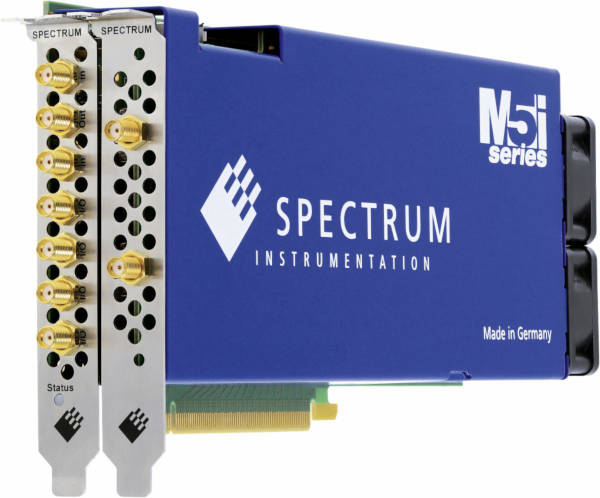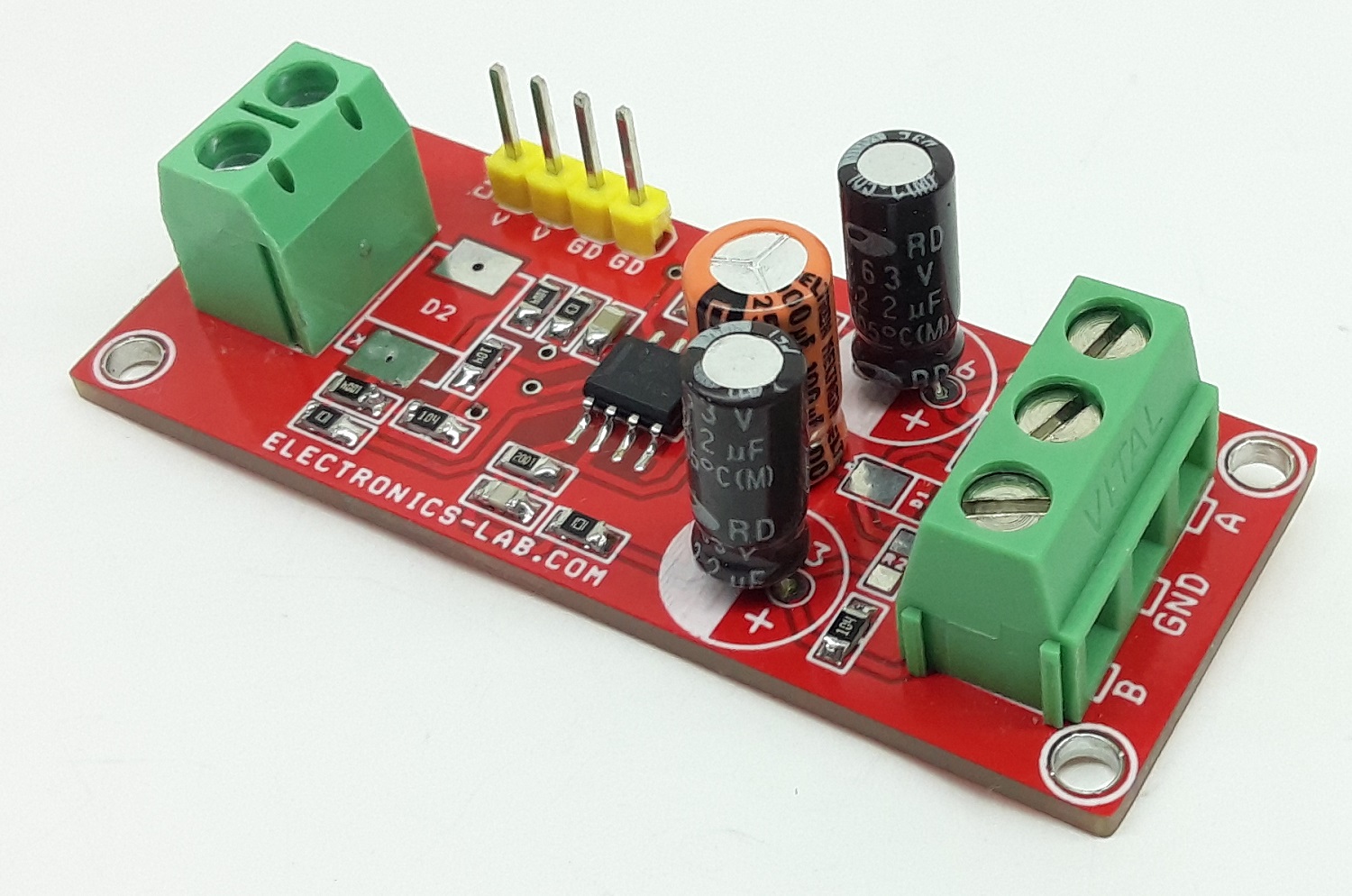
Called M5i.3321-x16, it has 1GHz bandwidth front-end amplifiers with programmable full-scale ranges from ±200mV to ±2.5V, plus variable offset. Other models in the M5i family offer 2GHz bandwidth.
The full input capacity can be streamed continuously to the host computer over the unit’s 12.8Gbyte/s 16 lane Gen 3 PCIe interface – into PC memory for storage or to CUDA based GPUs for live processing.
“Its ability to stream data, as fast as it is acquired, directly to the PC environment opens the door for anyone wishing to use the latest CPU and GPU hardware for signal processing and analysis,” said company CTO Oliver Rovini. “For example, we’ve tested the card running at full speed and making direct RDMA data transfers to an Nvidia model RTX A4000 GPU. Once there, the GPU, with its 6144 cores, can perform functions like continuous averaging for noise reduction, and MPoint-FFTs for spectral analysis. That’s gapless processing of all the streamed data, even when the digitiser is sampling the incoming signals at 3.2 GS/s on both channels”
2Gsample of memory is provided on-board, with an 8Gsample option, which can operate as a ring buffer, like a transient recorder, or as a FIFO buffer for streaming the acquired data directly over the bus. It can also be partitioned into segments for recording multiple events.
Trigger events are time stamped, and trigger modes include ‘software’, window, re-arm, logic and delay.
The front panel has SMA connectors for the channel inputs, clock and trigger inputs and outputs, as well as four multi-functional digital I/O lines – the clock and trigger connections make it possible to synchronise the card with additional digitisers or other measurement devices.
The cards will work with Windows or Linux, and a software development kit allows them to be programmed languages including C, C++, C#, Delphi, VB.NET, J#, Python, Julia, Java, LabView and Matlab, as well having driver libraries and programming examples.
For users who don’t want to write an own code, the company offers card control, data display, analysis, storage, and documentation through its SBench 6 Professional.
It also has a software package for CUDA GPUs, called SCAPP, which allows users to develop their own processing routines. It includes drivers and working examples.
It is made in Germany and has a five year warranty.
Applications are foreseen with fibre optics, mass spectrometry, semiconductor testing, RF recording, AI, radar, lidar, communications, astronomy and quantum technology.







